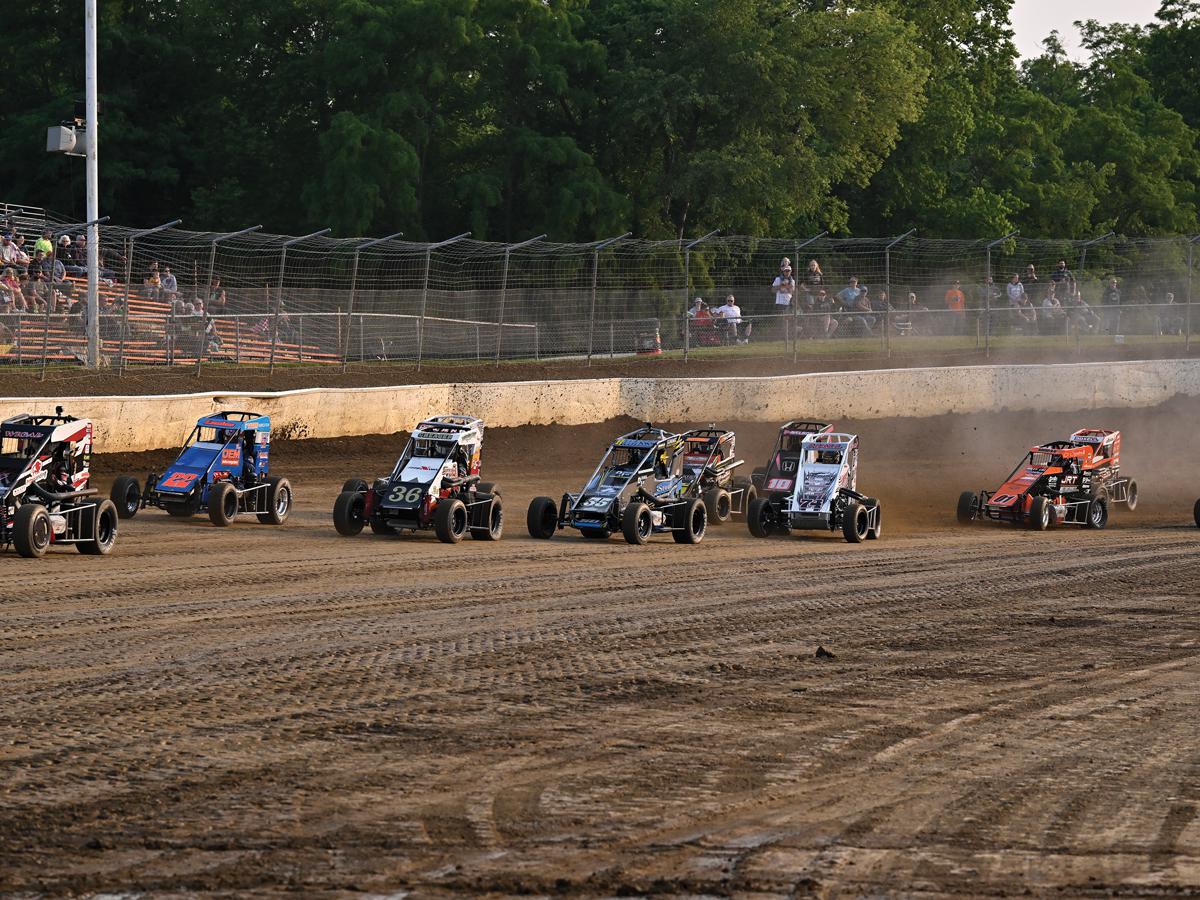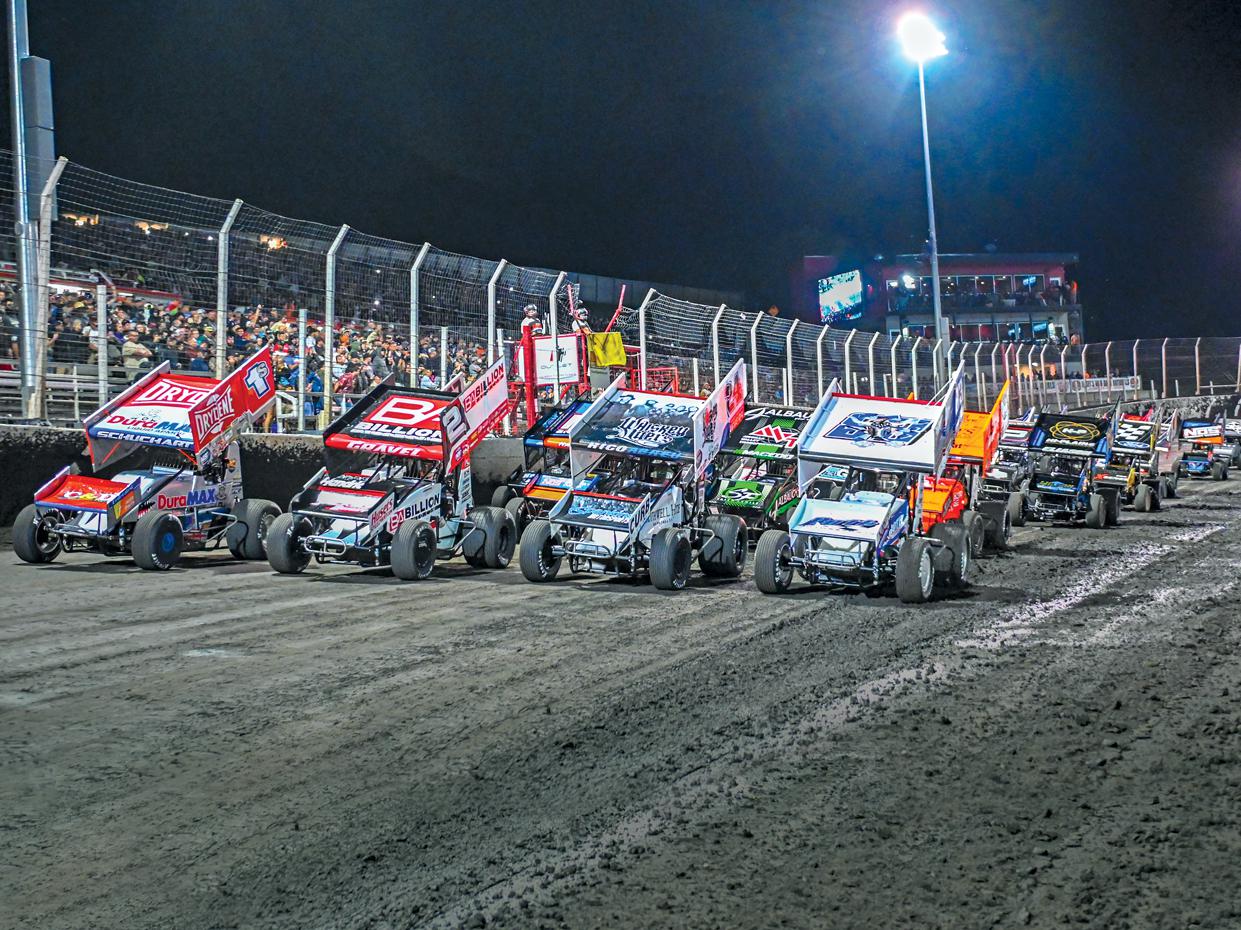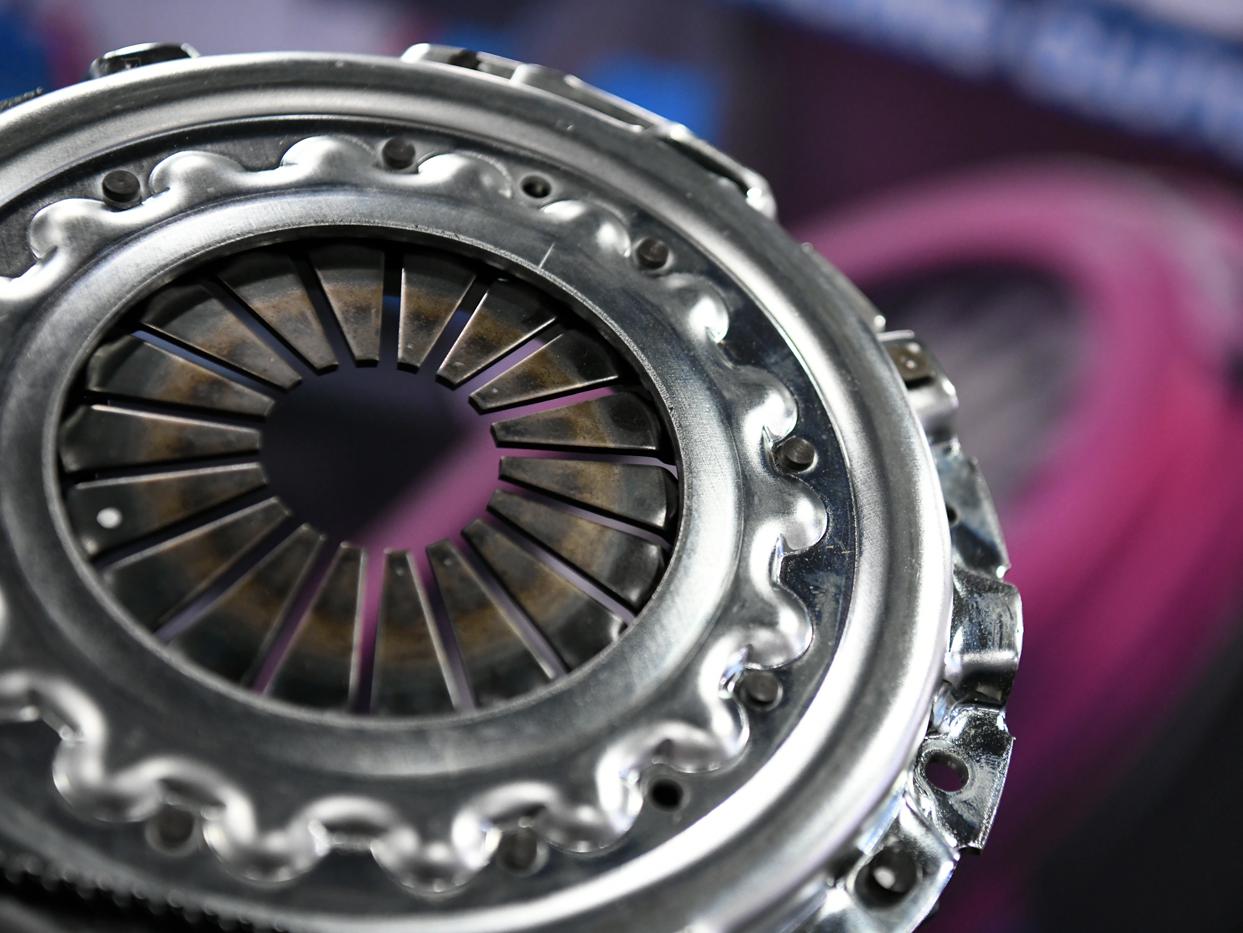Old Cars, Young Stars
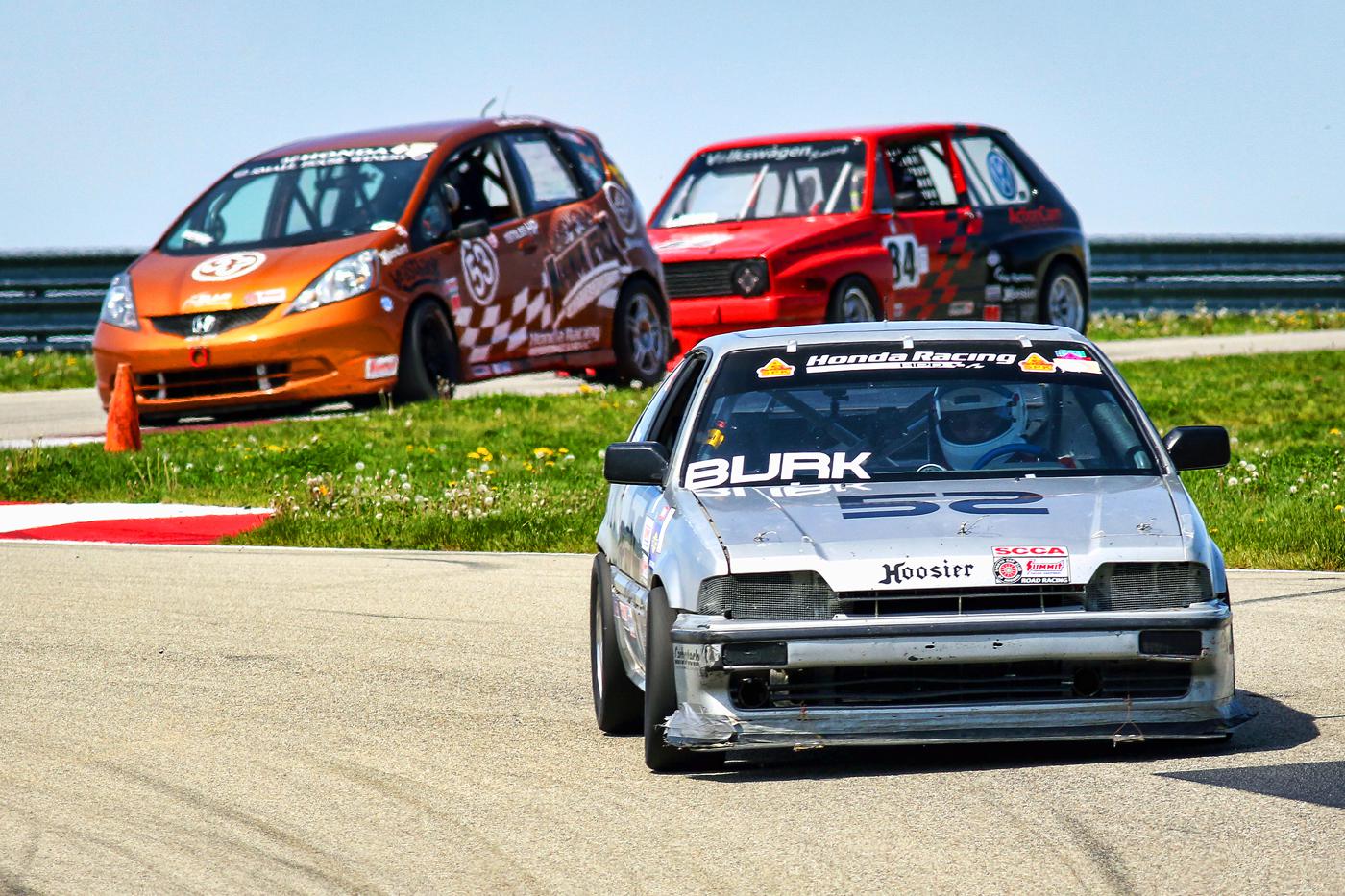
As some drivers age out of motorsports and more platforms become too valuable to put on track, organizations have turned to the next generation of competitors to shape the look and feel of vintage racing.
Fueled by ongoing supply chain issues and pent-up demand, used car values have soared over the past two years. It has affected the accessibility of everything from Ford F-150s to Nissan 240Zs, and motorsports certainly hasn’t been immune to the trend. Vintage racing has never been the most cost-effective way to get into motorsports, but as the market changes and a new crop of younger competitors looks to get more involved, vintage racing organizations are responding in turn.
“I think this trend has always existed to some extent,” said Bernard Martin of the Pittsburgh Vintage Grand Prix (PVGP), Pittsburgh, Pennsylvania. “At some point, certain cars just get too valuable and too rare to race. And the owners of those cars eventually reach a point where they’re too old to campaign them. Because of that, vintage racing has always been in a constant state of transition to younger drivers and more modern platforms.”
Recent years have seen notable changes in how these organizations go about attracting those new competitors, and everything from the marketing strategies to the definition of vintage has evolved as a result.
The New Grid
“Folks don’t want to race with a Porsche 962 that’s now worth $2 million,” explained David Hinton of Historic Sportscar Racing (HSR) in Clearwater, Florida. “They’d rather buy an LMP3 car for a fraction of the price. Parts and support are much more readily available for them as well. So we’ve definitely seen more modern cars starting to infiltrate vintage racing over the past few years, whether that’s retired IMSA prototypes or production-based GT cars like the BMW E46 3-Series and Porsche Cayman. Drivers who come into vintage racing tend to be primarily interested in the platforms that they grew up with and are familiar with, so the new generation isn’t gravitating toward Triumph TR3s and MG Midgets. They’re looking at cars like the Nissan 350Z and platforms like that. Vintage racing has to move with the times; you have to keep bringing in more modern platforms or you’re going to lose members.”
Pam Shatraw of the Sportscar Vintage Racing Association (SVRA) in Southlake, Texas, said that the SVRA has also seen an influx of newer cars as well as vintage production platforms that have become more desirable in recent years, like BMW 2002s, Datsun 510s, and older Nissan Zs. “B Sedan cars are really showing significant growth, and a lot more Japanese cars are coming onto the scene. Those cars are relevant to these drivers. They’re readily available, the heroes are still around, and the parts are relatively easy to get.”
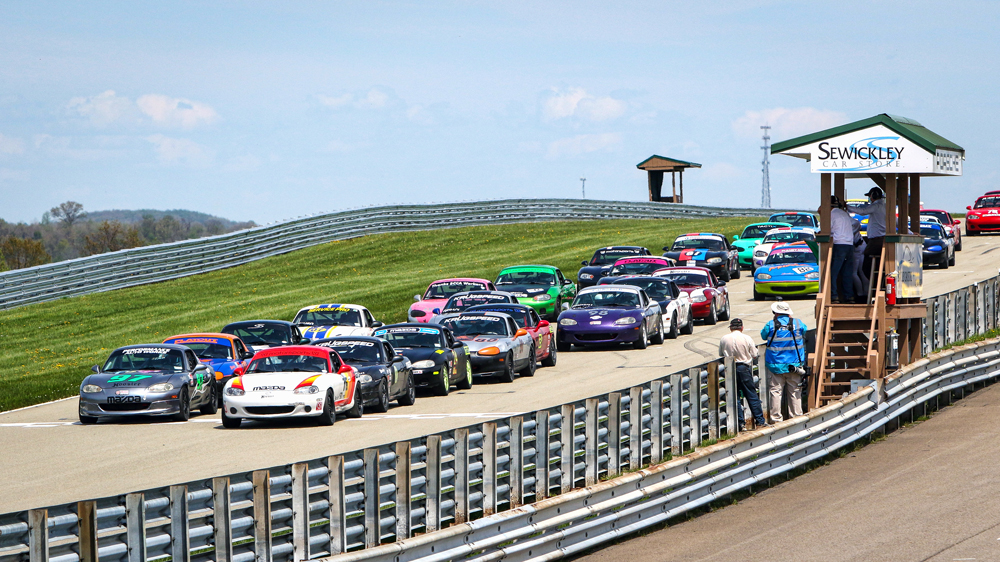
Shatraw also pointed out that organizations like the SVRA have become a home to cars that formerly raced with groups like the Sports Car Club of America (SCCA), but now aren’t competitive by contemporary standards. “You see that with the Miata. We do an event in conjunction with Mazda called the Miata Heritage Cup with first- and second-generation cars. A lot of these cars went into barns after their time in SCCA racing was over, and they’re coming back out in the spirit of vintage racing for some very exciting races. There’s a lot of activity happening when you put 25 Miatas on a race track.”
Meanwhile, Jeanette Bourke of the Vintage Auto Racing Association (VARA) in Chino Hills, California, told us that VARA was looking for ways to make wheel-to-wheel racing more accessible for young drivers, so the sanctioning body created a DTM class to attract competitors in their 30s and 40s who are interested in campaigning cars like the E46 BMW M3, which now often run alongside old-school Corvettes and vintage single-seaters in mixed-class events. “That’s the age group where we’re seeing a lot of interest within our organization, so we wanted to find ways to support that,” said Bourke.
In that same spirit, VARA also recently introduced hill climb events, which allow would-be participants to compete in street cars. The competitions are held four times a year on Willow Springs International Raceway’s Horse Thief Mile track and follow a format similar to an autocross event, with racers sent up the course one at a time to compete for the fastest lap within their class.
“The drivers don’t have to be members of VARA to come to these events, and they can race with basically whatever they show up with, provided it meets our safety standards,” explained Bourke. “The idea here is to introduce vintage racing to a new group of people. Some of these kids in their 20s have never heard of vintage racing before. But there’s a lightbulb that comes on when they think to themselves, ‘Wait, I can bring my BMW out and race it?’ They might not be able to afford a prepped race car right now, but maybe five years down the road they could be racing in wheel-to-wheel events with us. The hill climb events are bringing in an entirely new pool of drivers that was always there but hadn’t been tapped before. These are the folks who would normally be doing track days with Speed Ventures on the weekends, but now they’re thinking about how they can get a car prepped for racing.”
Getting The Word Out
The evolution of vintage racing isn’t relegated to vehicle platforms and class structures, though. Sanctioning bodies and vintage race event organizers are adjusting their outreach tactics to find these younger drivers through the modern information channels that they’re already using every day.
“These kids aren’t as interested in physical media as the generation before them—they’re finding what they need on their phones,” said Hinton. “So we spend a lot of time and money making videos and sharing those through various social media platforms.”
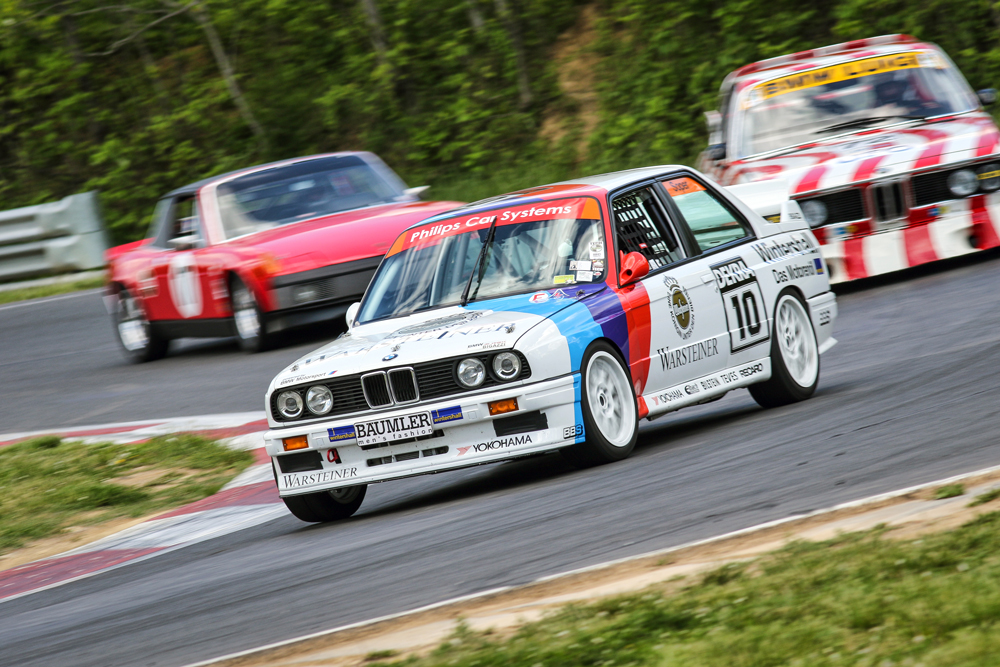
Bourke explained that while word of mouth continues to drive awareness, it’s vital that these organizations aim their marketing efforts where the intended demographic already is while also promoting a sense of community. “A lot of it is Instagram and Facebook, and some of our younger drivers are also racing with SCCA and NASA, and they’re putting the word out, too. We’ve also had the organizers of HPDEs [high-performance driving events] like Speed Ventures come out to our events to check out what we’re doing, and RacingJunk.com has been a great tool for us as well. These are people on a budget who’re already interested in performance driving and are looking for racing parts, so it’s a natural fit.”
For organizations like the Pittsburgh Vintage Grand Prix, getting young drivers involved in vintage racing tends to occur more organically. “For us it’s become a generational thing,” said Martin. “At one point we had five generations of one family racing with us, and that sort of generational connection is becoming more and more commonplace. Some of the onboarding also comes from the car show side. The Glace family is a great example: Vaughn Glace is 20 years old and just won an SCCA national championship, and he also recently hopped in a car at the PVGP that he had never driven before, started in the back, and ended up winning the race. Obviously, his talents put him on those podiums, but where did that interest come from originally? Well, the Glace family has been involved with the Pittsburgh Vintage Grand Prix since the very beginning, and they originally connected with us through the car show side.”
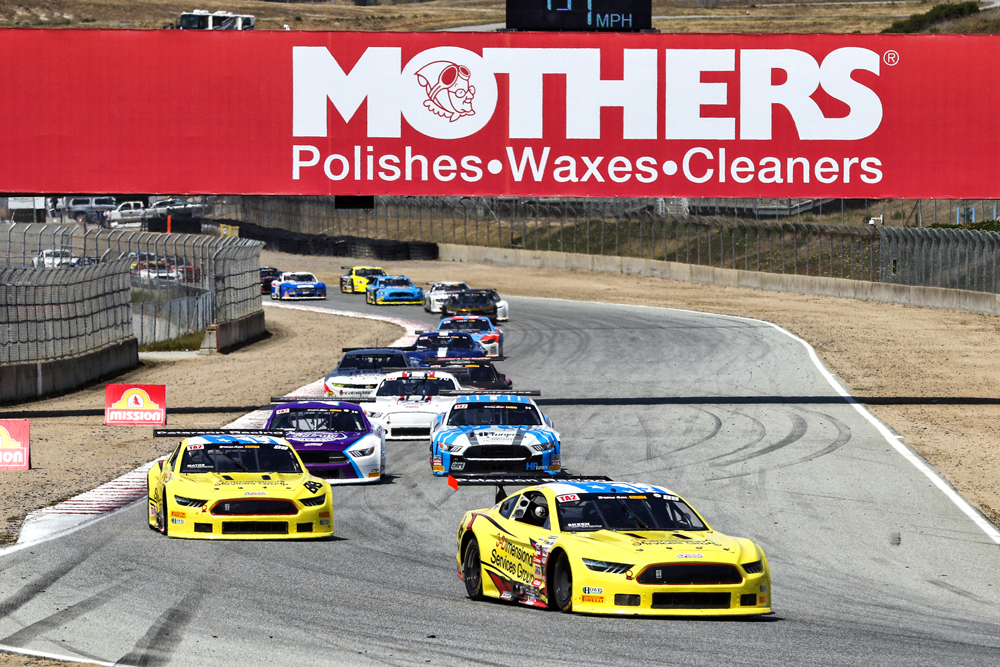
For the SVRA, the outreach efforts extend to live-streamed events as well as its SpeedTour program, the latter of which connects its vintage races with series that have larger visibility. “There’s a lot of cross-exposure there,” said Shatraw. “Running these SpeedTour weekends offers a lot of different opportunities to bring awareness to the vintage events. Some of it is through CBS Sports’ television coverage of the event, but it’s also the people who are coming to these events to watch Trans-Am’s TA2 class racing and the teenagers competing in F4 who are climbing the ladder toward a career in professional motorsport. The breadth of what’s going on at these events helps to populate the fields at various levels.”
The DIY Approach
As vintage racing continues to see this shift toward more modern vehicle platforms as new drivers enter the mix, it’s also bringing a fresh approach to car preparation and racecraft. “The newer generation seems to be a lot more technically involved,” Hinton said. “They seem to spend a lot more time researching and figuring out how they can make the car faster themselves. I think there’s a tendency with the older generation to say, ‘Oh, that’s just the way that car is—go drive it.’ With these more modern cars, I think it’s a lot easier to buy bolt-on goodies and get positive results on-track. They tend not to require quite the same amount of development that you see with the older cars.”
That same approach also applies to these newer drivers’ technique and the analysis of their races. “They all have their Go-Pros or some other way of filming their laps,” Bourke said. “Some of them have lap timers and other telemetry equipment so they can really analyze their performance. But many of them are also learning that they’ve just got to get the seat time because the older drivers are still getting them in the corners.”
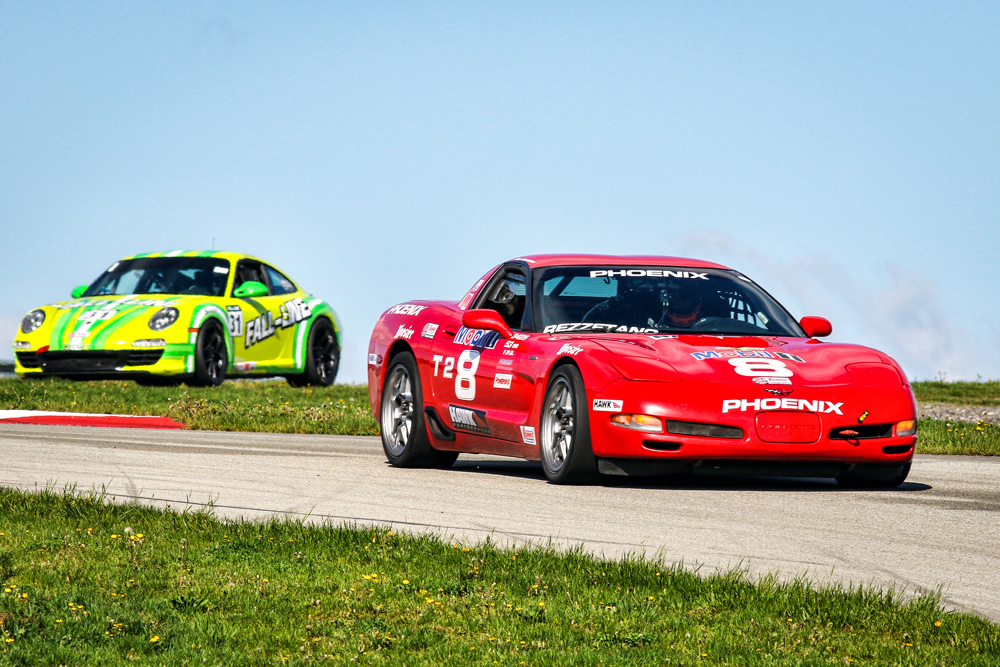
Shatraw said that many of SVRA’s younger drivers are getting that additional seat time virtually. “When you talk to these younger drivers, you often discover that they’ve driven the track in a simulator or a video game to prepare themselves. They tend to do their homework, and it allows them to jump onto these courses that they may never have actually raced at before with some context for cornering speeds, braking points, and so on. They may never have actually been there before, but they can show up already having hours on that track.”
Looking down the road, Shatraw added that while the vintage racing fields will always be in a state of change, some things will likely remain constant. “There are cars that will always be there—the muscle cars of the 1960s and 1970s in particular. And some classes will also become more niche, like the pre-war cars. Those cars will still be desirable, but over time there will be fewer people who know how to drive them. As we grow more toward the 1980s-era vehicles, I think we’re going to see more and more Japanese cars in B Sedan because people who are in their 40s and 50s now can connect with those cars.”
That connection tends to be the core appeal of vintage racing. “The changes in vintage racing happen because it’s mostly about people racing with the cars that they grew up watching,” said Martin. “So it’s a slow, steady progression. But it’s always moving forward.”
IMSA’s Historic Sportscar Racing Angle
Earlier this year, Clearwater, Florida-based Historic Sportscar Racing (HSR) was purchased by the International Motor Sports Association (IMSA) in Daytona Beach, Florida. With many of HSR’s past races already featuring a number of IMSA properties like Daytona International Speedway, Sebring International Raceway, and Michelin Raceway Road Atlanta, HSR’s David Hinton said the deal presents a great opportunity for both HSR and IMSA.
“IMSA has a huge amount of respect for its history, and this is a way to celebrate and protect that history,” Hinton explained. “As the modern race series continue to move in the direction of alternative-power vehicles, I think there’s going to be more and more interest in the vintage racing side of things in the years to come. At a certain point if you want to go hear a noisy race engine, you’re probably going to have to go to a vintage race.”
Since IMSA sister company International Speedway Corporation owns more than a dozen active race tracks in the United States, the acquisition also puts HSR in a favorable position when it comes time to plot out its race calendar. “That’s a huge help to me,” Hinton said. “There are so many different race groups out there looking for dates, and now we no longer have to fight off people trying to steal them from us. We’re only a couple of months into the new arrangement, and we’re already seeing the benefits of it.”
He also said that there’s a strong possibility that HSR racers will see more events on the calendar for 2023, and the series may also run some support races with IMSA as well. “Outside of that, IMSA doesn’t want to make too many changes over here. I think they’re taking the perspective of, ‘If it’s not broken, don’t try to fix it.’” —Bradley Iger
Sources
Historic Sportscar Racing
hsrrace.com
Pittsburgh Vintage Grand Prix
pvgp.org
Sportscar Vintage Racing Association
svra.com
Vintage Auto Racing Association
vararacing.com
 MEMBERSHIP LOGIN
MEMBERSHIP LOGIN JOIN PRI
JOIN PRI
